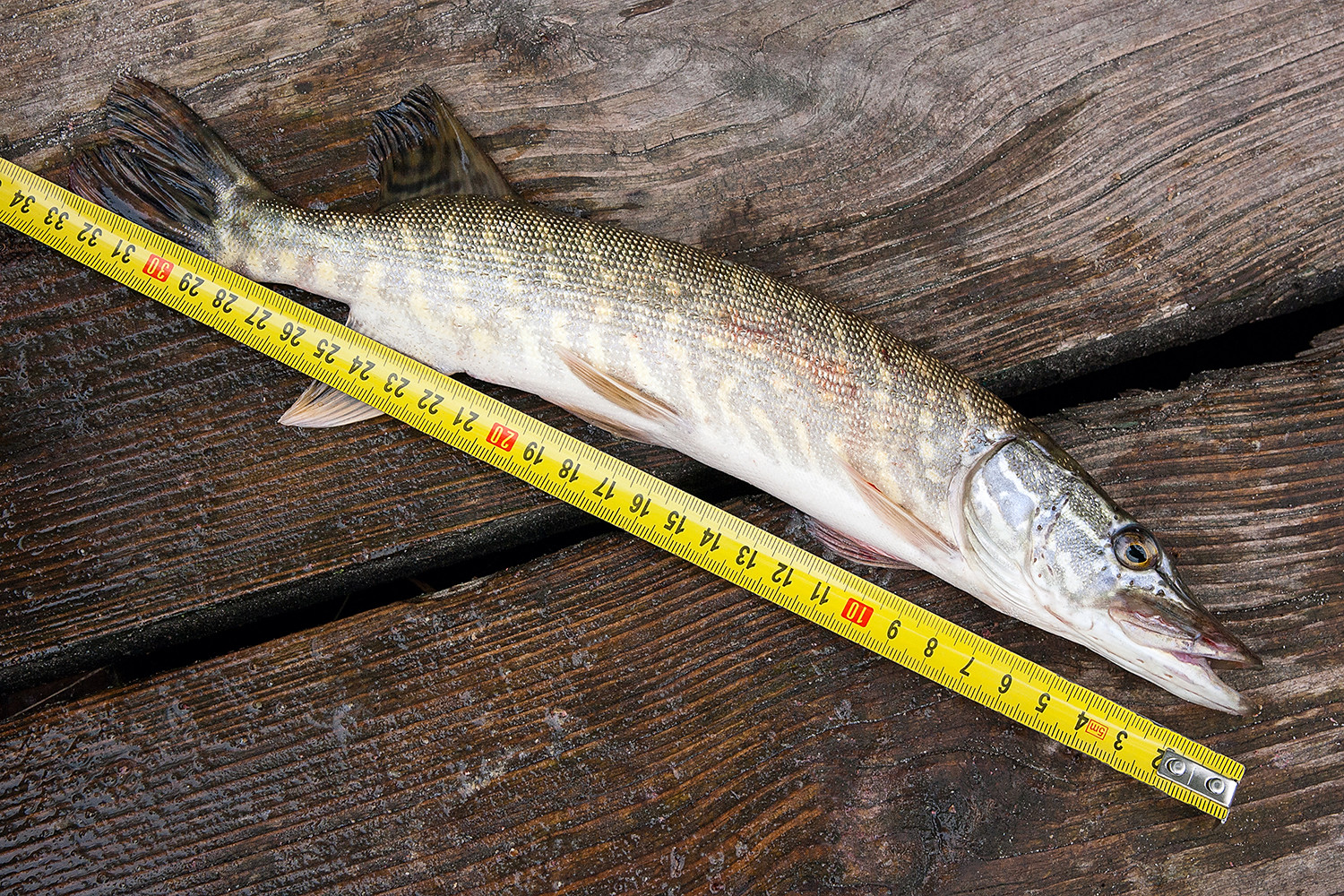Electrofishing is a type of fishing technique that biologists use to capture fish in rivers, lakes, and streams. This technique provides a safe and efficient solution to the challenge of collecting data on fish populations. Based on the data gathered from small numbers of fish through electrofishing, fish biologists can determine how certain conditions are affecting the rest of the fish population in a body of water.
Electrofishing uses a pulser that emits an electric field to temporarily stun fish. Biologists can then use a dip net to collect and identify fish. Once collected, the fish can indicate the density, abundance, health, and species composition of local populations.
In the past, fish biologists relied on more traditional fishing techniques using supplies such as nets, traps, lines, and weirs, but electrofishing has become increasingly popular since it was first introduced in the mid-1900s. When properly performed, this fish collection technique allows for safe and reliable surveying of fish populations. In turn, fish biologists can use the data collected to help form fishery management plans.
How Electrofishing Works
In electrofishing, direct current electricity travels between electrodes, including an anode. The anode eventually attracts nearby fish to it when applying the right amount of electrical current to the water. It does so by initiating involuntary muscle movements in the fish that pull them toward the anode. Once the fish get in contact the anode, they’re temporarily stunned.
In smaller bodies of water, backpack units that contain batteries provide the necessary electrical current. Biologists use a long pole with the anode located at its end. Meanwhile, a cathode cable sits behind the user. In larger rivers and streams, these systems will use a generator in lieu of backpack units to supply the electrical current needed to attract and stun fish. Once the fish are stunned, nets then collect them.
During the electrofishing process, anodes are located on two booms from the boat’s bow. Metal wires that hang on the front of the boat also function as anodes. Meanwhile, the boat serves as the cathode.
After collecting fish in the net, operators can place them in an insulated live well that protects the fish from the surrounding electrical field until the completion of the survey. Biologists can then gather data around the fish such as length, weight, sex, and species, along with tissue or scale samples. They may also tag fish with an identifier that allows them to keep track of the fish’s growth.
Is Electrofishing Harmful?
If you’re wondering whether electrofishing is harmful to fish, it’s not. If operators take the proper precautions when electrofishing, the fish won’t sustain injuries when stunned. Within minutes or even seconds of being stunned, fish will make a full recovery, at which point biologists can return them to the water upon collecting all necessary data.
Generally, the amount of time needed for fish to recover will depend on the temperature of the water, the species of the fish, and the strength of the electrical current. It’s important to apply only the strength needed to stun the fish.
How the Data from Electrofishing Helps Biologists
The information collected during electrofishing surveys ultimately assists with the development of fishery management plans. Biologists will be able to gather and analyze data regarding how populations respond to existing management plans to help them determine which steps they need to take. The data collected, along with details about the water quality, habitat, and the goals of stakeholders will then factor into a new management plan.
Through the development of a customized fishery management plan, fisheries can experience success without causing damage to the surrounding environment.
Precautions That Help Ensure Safety During Electrofishing
While it’s important for operators to make sure the electrical current used in electrofishing is low enough to avoid hurting the captured fish, it’s equally vital for them to ensure the power output doesn’t cause harm to humans. To mitigate the risk of harmful electric shock, operators will wear rubber gloves and waders. In addition, backpack units include certain features that cause them to shut down if operators fall off the boat or the anode is removed from the water.
Boats may also include certain safety features to prevent electric shock, including emergency shut-off switches that enable operators to instantly switch off the boat’s power.
To further maximize safety, electrofishing operations need well-trained operators and captains who can manage controls and practice the right safety precautions.
Allowing for Safe and Reliable Data Collection
Generally, electrofishing is an effective and harmless way to learn about fish populations to inform fishery management plans. With the help of professional operators who have training in electrofishing, it’s possible to efficiently and safely perform electrofishing in streams, lakes, and other bodies of water. In the process, biologists can learn about how current management regimes are impacting fish and develop more effective plans that secure a fishery’s long-term success.




